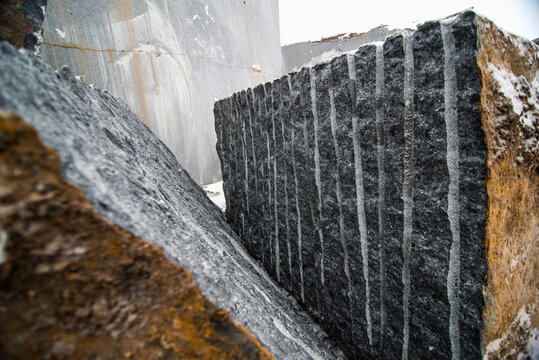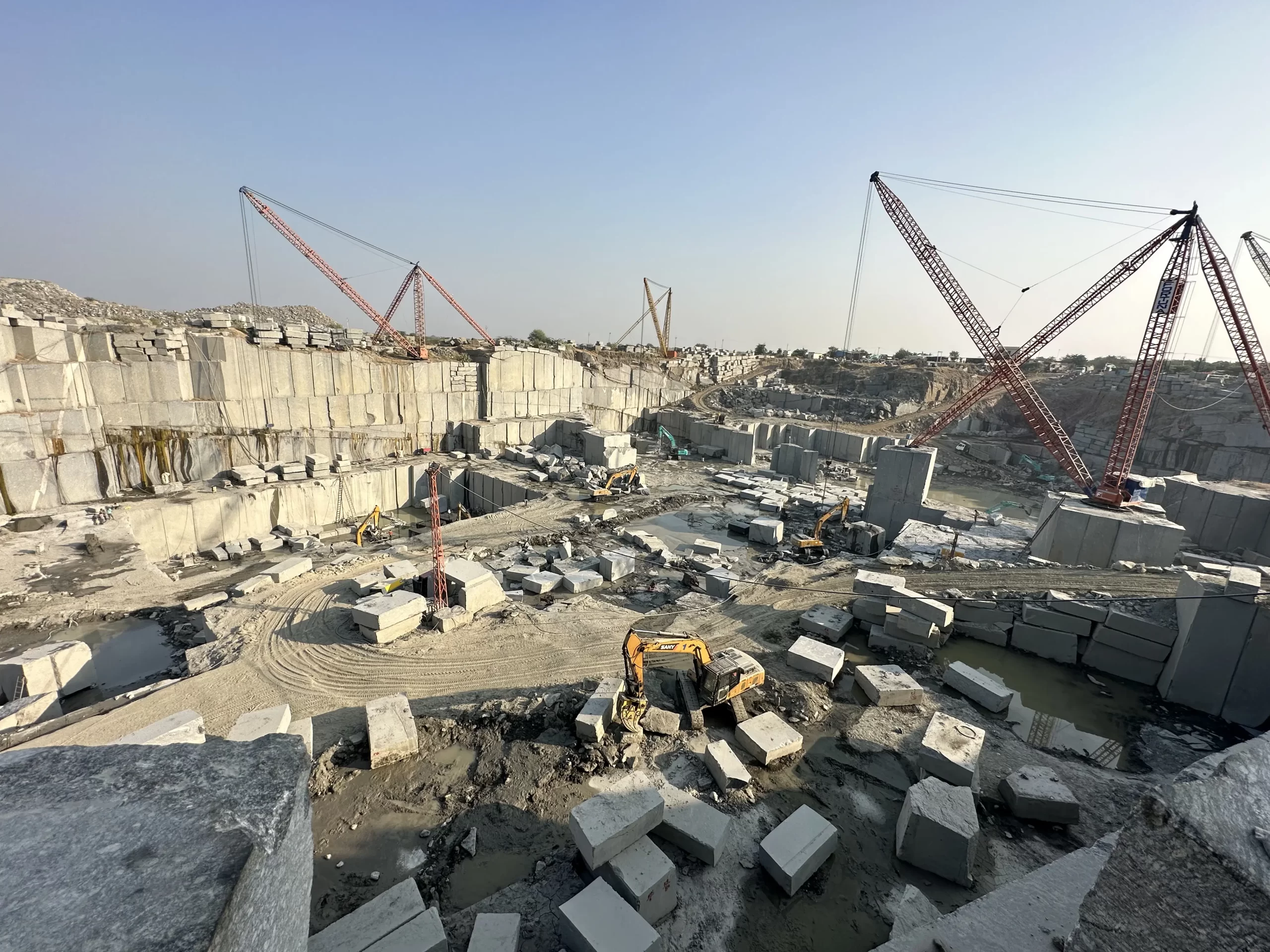Uncovering the Appeal of Granite Quarry in South Africa Wonders
Uncovering the Appeal of Granite Quarry in South Africa Wonders
Blog Article
Introducing the Mysteries of Granite Quarrying: Where Toughness and Elegance Meet
The world of granite quarrying is a realm where the raw stamina of nature merges with human artistry to produce structures that stand the examination of time with an air of beauty. From the depths of quarries to the careful polishing in workshops, the process of changing granite into architectural wonders is a complex dance of practice and development. As we peer right into the midsts of this old craft, we begin to reveal the hidden details that form the extremely essence of our built setting.
The Origins of Granite Quarrying
In the annals of architectural background, the beginnings of granite quarrying are shrouded in a tapestry of ancient craftsmanship and geological marvels. Going back to ancient Egypt and Mesopotamia, the removal of granite from quarries marked the beginning of a trip that would eventually result in the creation of a few of the globe's most famous structures.
Granite quarrying's roots can be mapped to the experienced craftsmens who acknowledged the stone's durability and aesthetic allure. Via a mix of primitive devices and sheer determination, these early quarry employees unearthed granite blocks that would become the foundation of people.
As human beings progressed, so did the methods of quarrying granite. The Romans, renowned for their design expertise, created advanced methods for drawing out granite to construct monuments, holy places, and roadways that stood the test of time.
The legacy of these ancient quarrying practices remains to shape modern-day architecture, with granite continuing to be a sign of strength and beauty in construction projects around the world. (granite quarries in south africa)
Devices of the Quarrying Profession
The advancement of granite quarrying techniques from old civilizations to modern-day times highlights the essential duty played by the tools of the quarrying trade in shaping the sector's techniques. In old times, quarrying tools were basic, often being composed of blades, hammers, and wedges made from materials like bronze or iron. These tools called for significant workforce and time to extract granite obstructs from quarries.

In addition, the intro of pneumatic devices and high-powered machinery has actually considerably lowered the physical labor required in quarrying operations, improving employee safety and performance. As the quarrying sector remains to introduce, the tools of the profession remain at the forefront of driving progress and forming the future of granite extraction.
Removing Blocks of Granite
Using accuracy machinery and progressed strategies, the removal of granite blocks from quarries has actually become a sophisticated process in the modern quarrying market. The preliminary step includes determining the location and dimension of the granite down payment to identify one of the most efficient extraction technique. As soon as an ideal website is picked, the extraction procedure starts with the drilling of holes for the positioning of explosives. Regulated blasting methods are after that employed to break apart the granite right into workable sections.

Polishing and Completing Methods
To attain a flawless surface on granite blocks, proficient craftsmens employ a collection of meticulous sprucing up and finishing techniques. After the first extraction and shaping procedures, the granite obstructs undertake a complete sprucing up stage to improve their natural appeal and sturdiness. One typical method utilized in brightening granite is diamond abrasion, where industrial rubies are used to grind and polish the rock to a smooth coating. This procedure not only produces a lustrous surface area however additionally guarantees uniformity in shade and texture throughout the granite block.
In addition to polishing, ending up strategies are applied to further improve the granite's look. By carefully picking and applying these polishing and completing techniques, craftsmens can transform raw granite blocks into charming items that showcase both toughness and style.

Ecological Effect and Sustainability
With the expanding emphasis on ecological awareness in the industry, granite quarrying methods are significantly inspected for their effect on natural deposits and long-lasting sustainability. Quarrying for granite can have significant ecological ramifications. The removal procedure usually includes making use of heavy machinery, dynamites, and large amounts of water, causing environment destruction, dirt erosion, and water pollution. Furthermore, the transportation of granite from quarries to processing facilities generates carbon discharges, better contributing to environmental degradation. granite quarries in south africa.
To alleviate these impacts and ensure sustainability in granite quarrying, sector stakeholders are adopting numerous steps. Implementing innovative innovations to lower power intake and water usage, redeeming quarried land for environmental restoration, and advertising accountable sourcing methods are some methods being you could look here utilized. Furthermore, qualifications such as the Forest Stewardship Council (FSC) and the Management in Energy and Environmental Style (LEED) aid customers recognize eco-friendly granite products.
Final Thought
To conclude, granite quarrying is a procedure that requires specialized tools and methods to extract blocks of granite and brighten them to a high level of finish. While the ecological influence of quarrying can be substantial, efforts are being made to enhance sustainability techniques in the market. In general, granite quarrying is a delicate equilibrium between harnessing the strength and beauty click here for info of this natural rock while lessening its impact on the environment.
Report this page